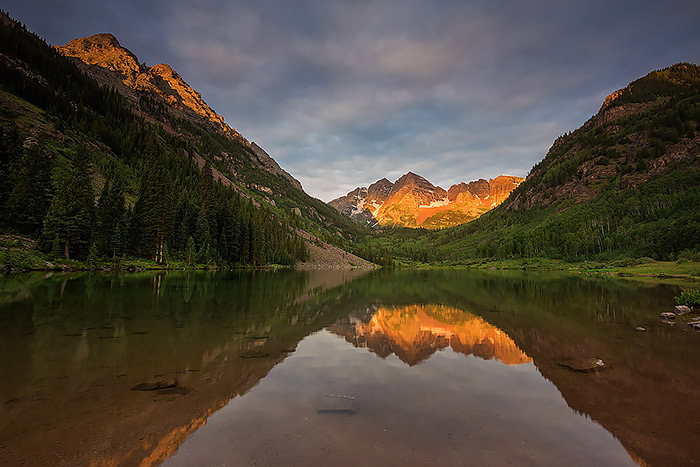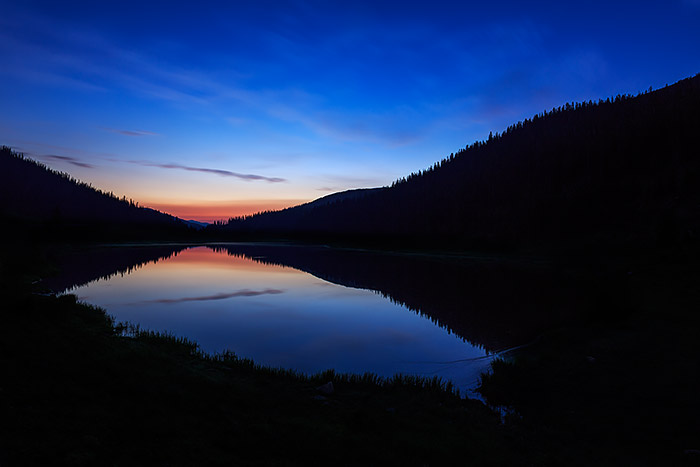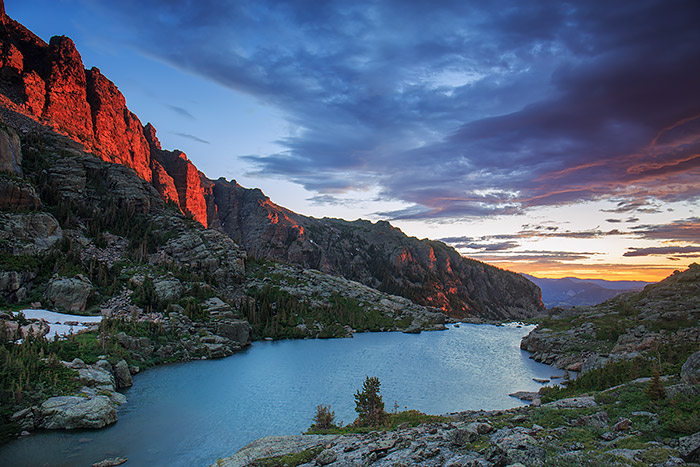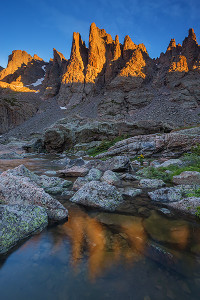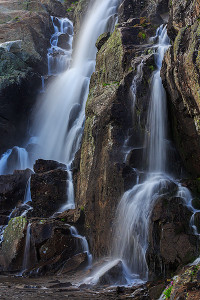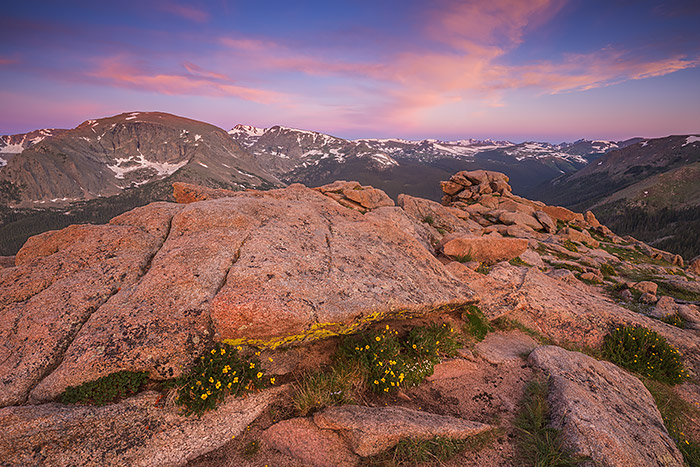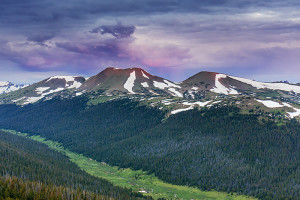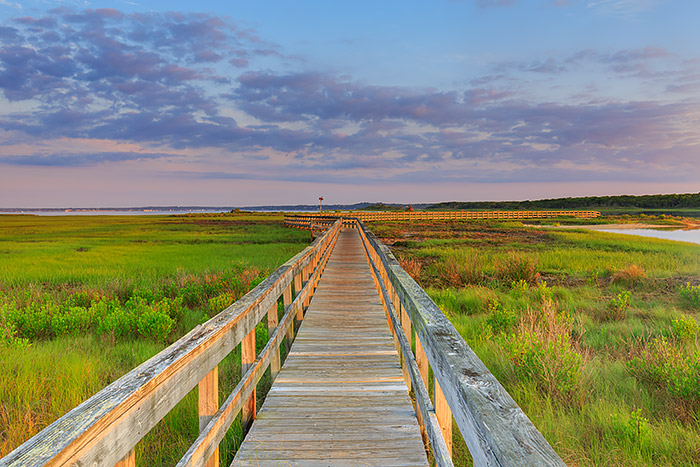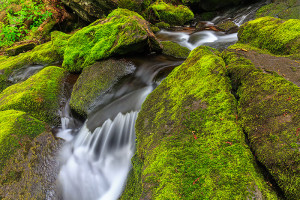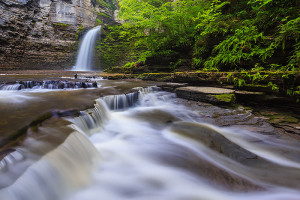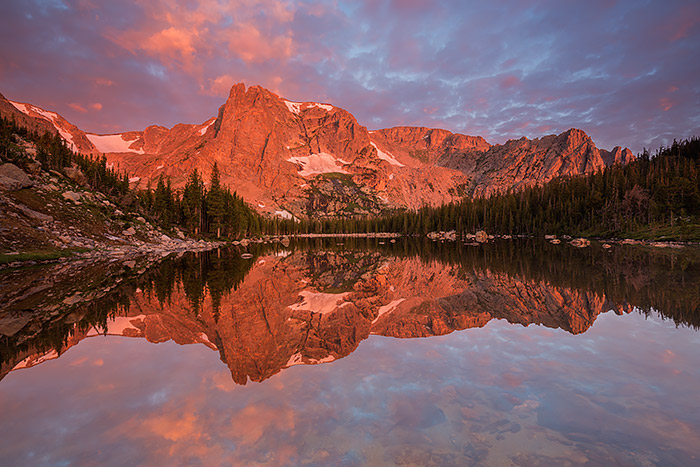
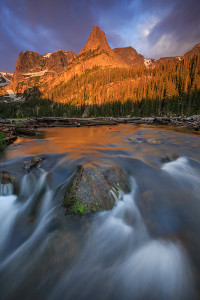
Some of us are probably better than others at moving on to other locations and subjects, but I suspect many photographers like myself are often driven by compulsion and need to continue to create an image from a given location until they capture an image similar to what they had perceived.
There is a strong likelihood that we may never capture an image as we have imagined, but when the stars finally align and your determination and grit and compulsions pay off, the feeling can be grand. I have a list of locations that I continue to visit time and time again attempting to improve on prior attempts.
For some of these locations I have images that I’m very pleased with but have a nagging desire to further improve on previous attempts. Some locations I have no images whatsoever. Some of these locations I’ve attempted to photograph span the entire length of the sixteen years I’ve been practicing landscape photography.
This past week a culmination of being at the right place at the right time combined with a little bit of luck helped me metaphorically spear a few of my own personal white whales. A meet up with some friends from back east allowed me to spend sometime in the Aspen area. While I’ve photographed the Maroon Bells numerous times before, I’ve never had anything but mostly clear skies at sunrise. This time however, I was able to photograph the Maroon Bells on consecutive mornings with dramatic lighting.
Both Saturday and Tuesday I had great luck in Rocky Mountain National Park at both Odessa Lake and Two Rivers Lake. I’ve had difficulty in the past being at both these locations when the conditions were dramatic. After many visits to these locations over the last sixteen years, these last visits finally allowed me to capture images I had been envisioning for years. So my perseverance paid off, now its time to keep moving on down the list!.